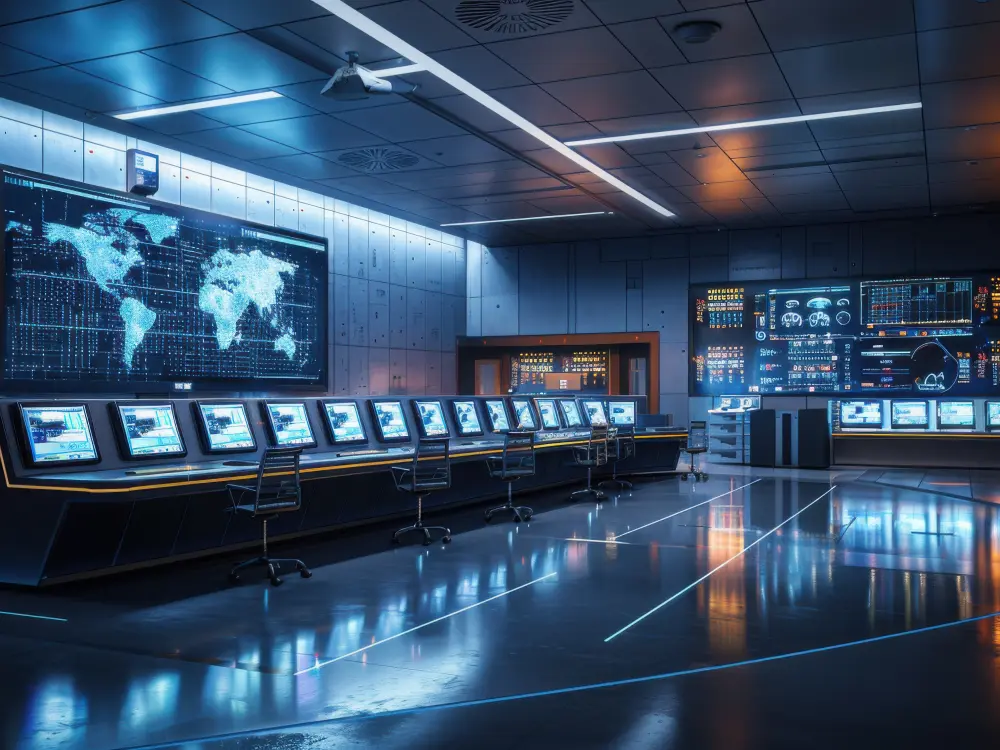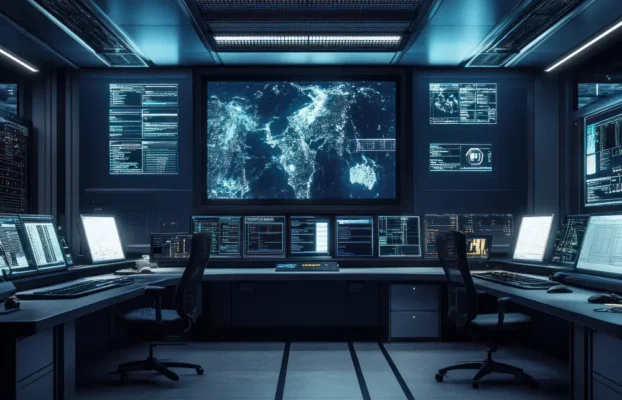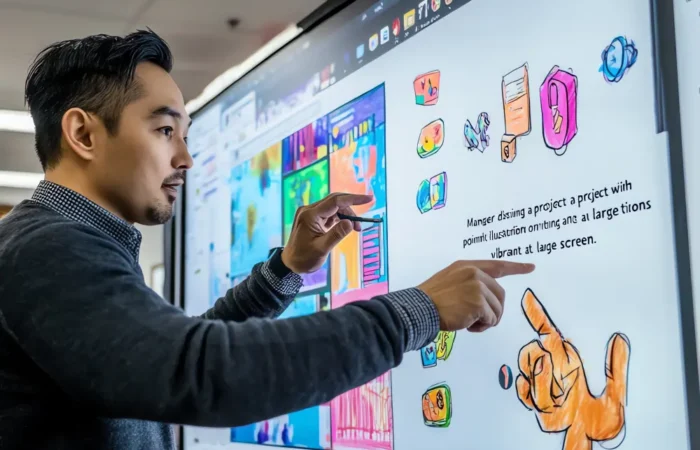Command centers have long been the nerve centers of operations, where critical decisions are made, data is analyzed, and activities are coordinated in real time. These hubs are integral to various industries, from public safety and transportation to enterprise operations and cybersecurity. However, as technology continues to evolve, so too will the role of command centers, reshaping how we understand control and coordination.
In this post, we delve into how the future of command centers will be shaped by advancements in AI, automation, and remote working technologies.

The Integration of AI and Automation
One of the most significant changes on the horizon for command centers is the integration of
artificial intelligence (AI) and automation. AI has already made waves in industries such as manufacturing, healthcare, and finance. In command centers, AI can optimize operations by predicting incidents before they occur, analyzing vast amounts of data in real time, and even automating routine tasks.
For example, AI-powered systems can assist in monitoring critical infrastructure by identifying potential failures or threats, sending automated alerts to operators, and even initiating preventive actions without human intervention. This shift towards automation can reduce human error, increase efficiency, and free up operators to focus on higher-level decision-making.
The use of AI-driven analytics will also help command centers manage larger datasets, providing insights that could have taken hours or even days to uncover manually. The continuous improvement of machine learning models will allow these systems to evolve, learning from past data to refine their predictive capabilities.
Remote Command Centers: A Shift to Virtual Operations
Remote work has become a staple of the modern workplace, and the
command center is no exception. The shift toward remote operations was accelerated by the global pandemic, but the trend is expected to continue. With advancements in cloud technologies, command centers can be accessed from virtually anywhere in the world, enabling operators to manage operations without being physically present in the room.
Remote command centers are particularly advantageous for organizations with distributed teams or those that operate across different time zones. Through secure cloud-based platforms, personnel can monitor and respond to incidents, adjust operations, and collaborate in real time, all from the comfort of their own locations.
This shift also opens up new possibilities for staffing. With remote command centers, organizations can tap into a global talent pool, bringing in skilled professionals who might not be available for on-site roles. Additionally, remote command centers support flexibility, allowing team members to work during hours that align with their expertise, rather than being tied to a fixed shift schedule.

The Rise of Collaborative Platforms
Collaboration is key in any command center, and the future will see more advanced, collaborative platforms that facilitate better coordination between teams. In the past, command center operators often relied on traditional methods of communication such as phones, radios, and email. However, these methods can be inefficient and prone to miscommunication, especially in fast-paced environments.
With the rise of collaborative platforms, command centers will be able to function more smoothly, integrating communication tools with data visualization and analytics. These platforms will allow team members to communicate instantly, share data, and make joint decisions in real time. For example, incident response teams could use a centralized dashboard to view live updates on developing situations, while also being able to collaborate with law enforcement or first responders via video or messaging.
Moreover, virtual reality (VR) and augmented reality (AR) technologies are likely to play an increasing role in these platforms, allowing operators to interact with data in an immersive and intuitive way. Imagine a command center where data streams, maps, and visualizations are projected in 3D, and operators can manipulate and analyze this data using gestures or specialized controllers.
Enhanced Security Measures
With the increasing reliance on digital systems, cybersecurity has become one of the top priorities for command centers. As more data is stored and processed online, the potential risks for cyber threats grow. In the future, command centers will need to employ robust, AI-powered security systems that can detect and neutralize threats in real time.
AI systems will be able to recognize abnormal activity or suspicious patterns in vast amounts of data, flagging potential security risks before they escalate. Automated defenses will also be implemented to protect critical infrastructure, blocking attacks and initiating countermeasures without the need for human intervention.

Conclusion: The Future is Bright for Command Centers
The evolution of command centers is an exciting prospect, driven by AI, automation, remote working technologies, and enhanced collaborative platforms. As these technologies continue to advance, command centers will become more intelligent, flexible, and efficient. The future of command centers is not only about improving operational effectiveness but also empowering teams to make faster, better decisions.
With these innovations, command centers will be better equipped to handle emerging challenges and deliver the critical insights needed to maintain business continuity, security, and safety.
Want to learn more about how command centers can transform your operations? Visit the
AVCiT landing page to explore cutting-edge solutions tailored to your needs. Embrace the future today!






